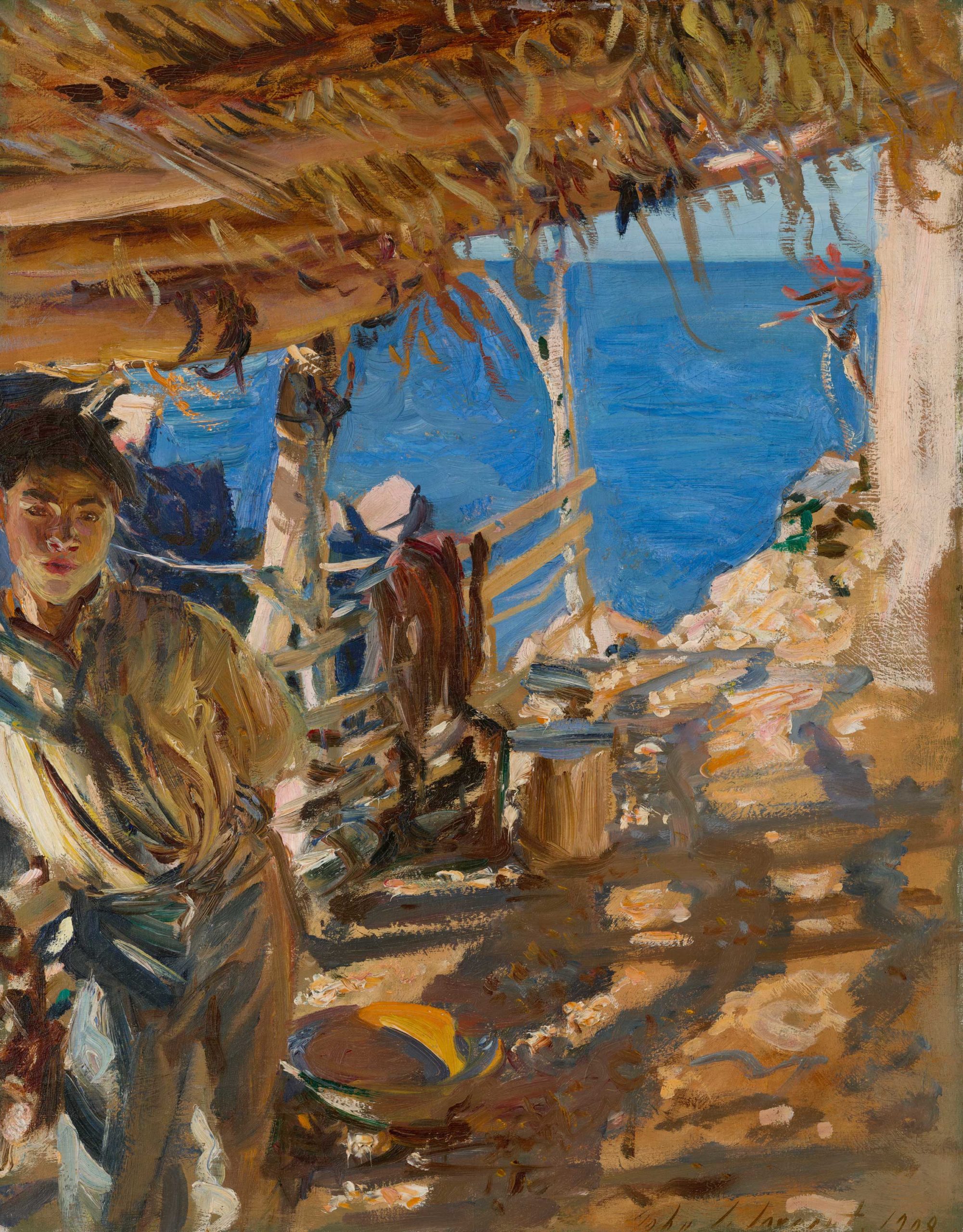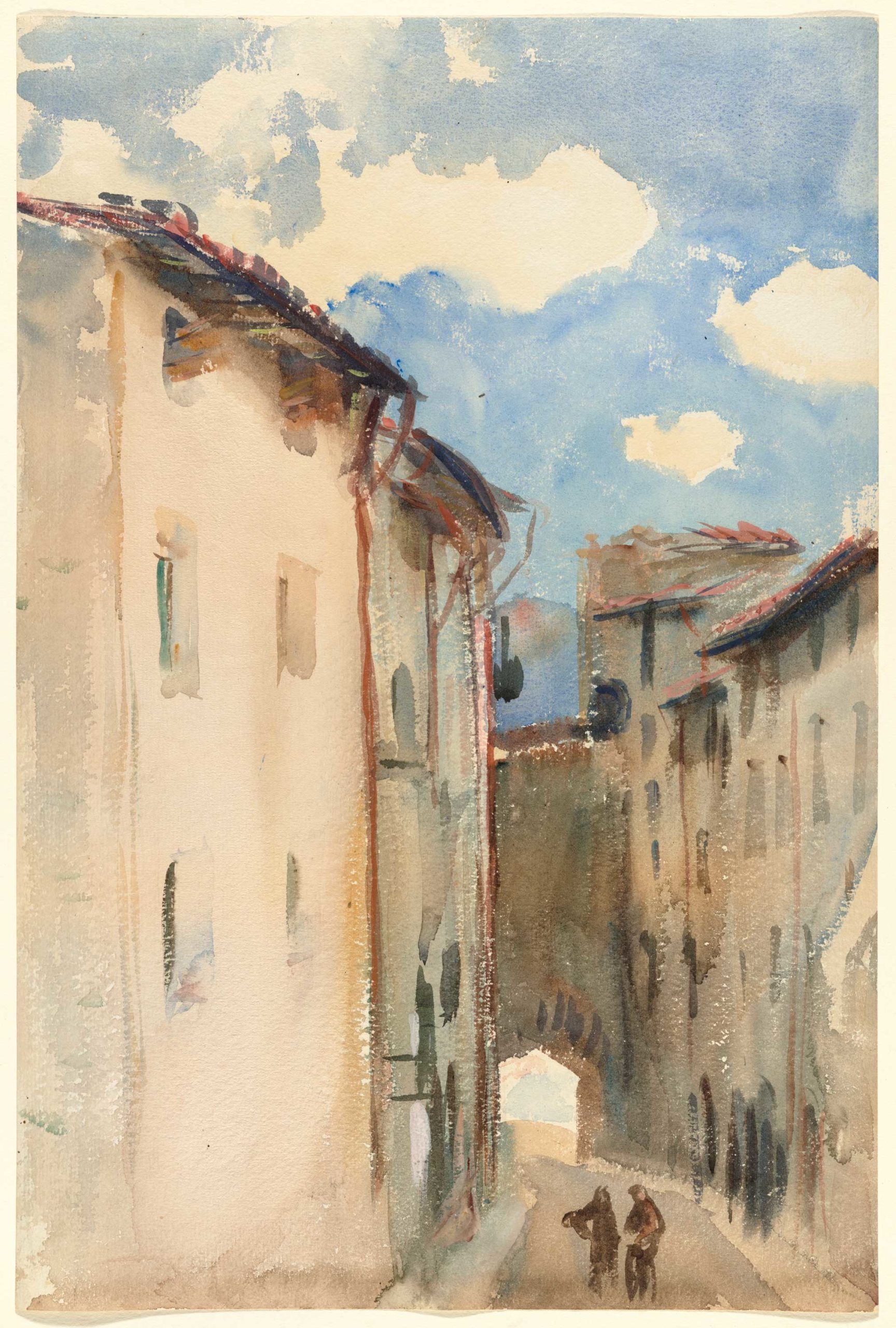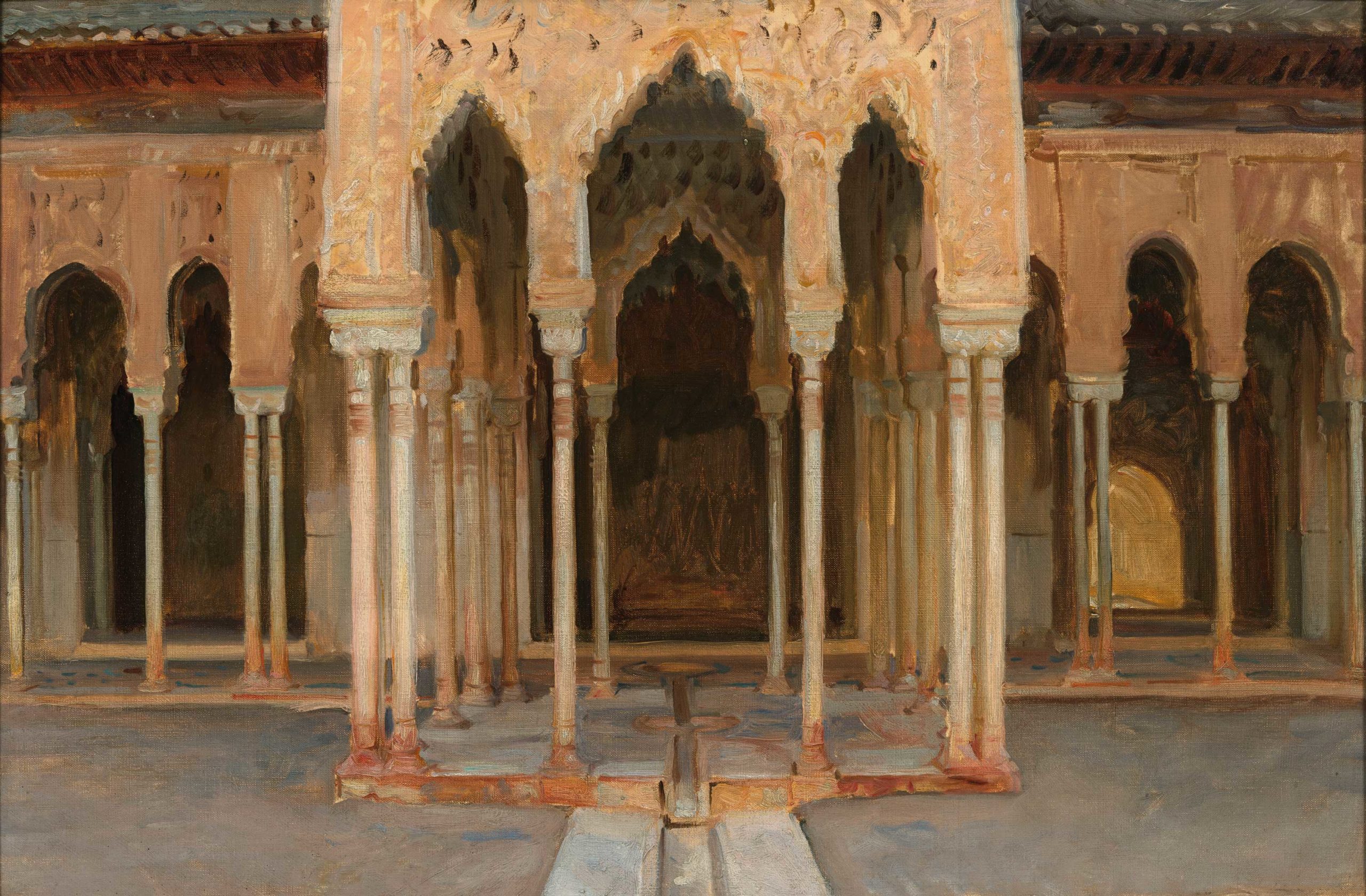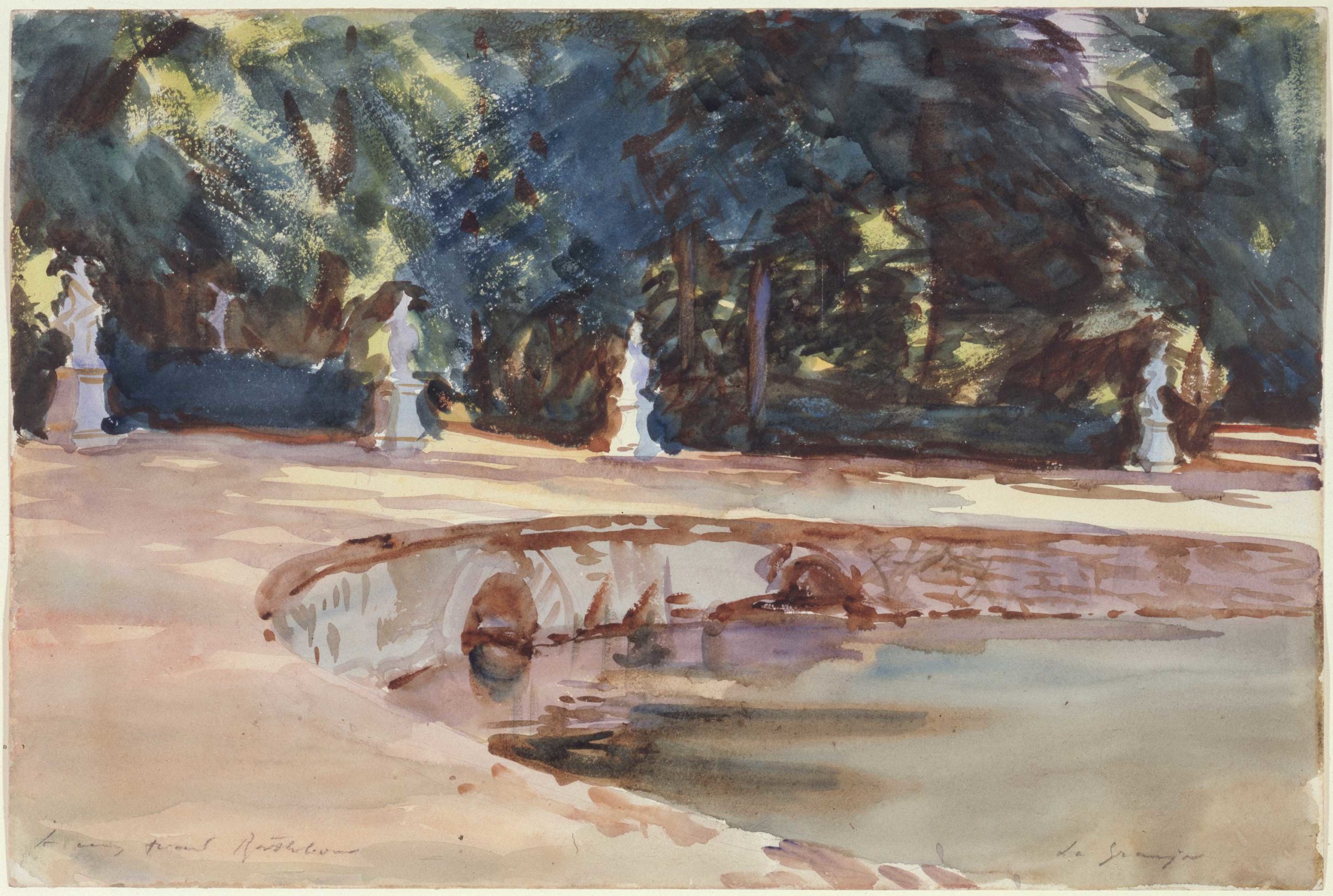
John Singer Sargent (1856–1925) had a decades-long captivation with Spain, which yielded a remarkable body of work depicting the rich and diverse culture he encountered. “Sargent and Spain” is the first exhibition to reveal the depth of this engagement and the intentional approach the artist adopted there. Presenting some 140 oils, watercolors, drawings, and never-before published photographs, several almost certainly taken by the artist himself, the exhibition is on view through January 2, 2023, in the West Building of the National Gallery of Art (Washington, DC)
More from the organizers:
Sargent left a rich visual record of his time in Spain—over 225 oils, watercolors, and drawings, supplemented by sketchbooks, scrapbooks, and nearly 200 photographs that he collected or possibly took himself. Over seven extended visits between 1879 and 1912, he depicted stunning landscape views, detailed architectural studies, local peoples and traditions, dynamic scenes of flamenco dance, and everyday moments of Spanish Roma life. He copied paintings, especially by Diego Velázquez (1599–1660), in museums and was intrigued by art in churches, which influenced his expansive murals for the Boston Public Library.

Arranged in six thematic sections, “Sargent and Spain” traces the artist’s many and varied approaches to depicting Spain. The first section examines the young Sargent’s immersion in Spanish art—especially by Velázquez—at the Museo del Prado in Madrid, where he learned to interpret the placement of the figure in shallow space, the simplicity of the silhouette against the neutral background, and the restrained palette. In addition to paintings and prints by Velázquez and other earlier artists, Sargent was drawn to works by several Spanish contemporaries who also influenced his artistic style, particularly works by Joaquín Sorolla and the slightly older Mariano Fortuny Marsal.

The second section reveals Sargent’s interest in depicting the performing arts he enjoyed in Spain. From 1879 to 1881 and again around 1890, this artist-connoisseur produced an extraordinary series of images of Spanish dancers and musicians, particularly those inspired by the traditions of Andalusia (southern Spain). Among the works on view are the paintings “The Spanish Dance” (c. 1879–1882) and “Spanish Roma Dancer” (two versions, both dated c. 1879–1880), the watercolor “Spanish Dancer” (c. 1880–1881), sketches and drawings related to El Jaleo (1882) and “Spanish Dancer” (c. 1880–1881), as well as images (1890) of the celebrated performer Carmen Dauset Moreno, known as La Carmencita.

As Sargent traveled throughout Spain, he studied and depicted subjects from north (Santiago de Compostela and Camprodón) to south (Granada), and out to the island of Majorca, which fascinated him. He was captivated by both rural and urban locales, exploring the countryside, coasts, architecture, gardens, and the inhabitants he met. Along the way, over the course of three decades, he created a comprehensive portrayal of the Spanish landscape—its flora and fauna; its people and their animals; its ports and ships. These works capture the country’s intrinsic character and spirit of place, as well as the distinctive qualities of its light and atmosphere.
These works are featured in the next three sections of the exhibition, which includes highlights such as architectural elements in royal palaces, notably the Alhambra and Generalife, and their surroundings; the graceful arches, colonnades, and courtyards he found in the cities he visited; as well as the lush fruits and foliage of Majorca (he would soon adapt the latter for the Triumph of Religion murals at the Boston Public Library). His depictions, in both oil and watercolor, focus on the clarity of line; the interrelationship between exterior and interior space, ornament and pattern; and the dramatic and shifting play of light, shade, and watery reflection.


The exhibition concludes with an exploration of the religious imagery that occupied Sargent, especially in relation to his commission to paint the Triumph of Religion murals at the Boston Public Library. His engagement with Spanish Catholicism includes lively oil sketches—recording architectural spaces and designs—as well as objects he collected and represented. Among the works on view are studies of soaring cathedrals, the Crucifixion, and the Madonna that he made in preparation for the mural cycle. The final gallery in the exhibition offers photo murals, a reading area, and an interactive kiosk where visitors can examine one of Sargent’s scrapbooks.

Exhibition Tour
National Gallery of Art, Washington, October 2, 2022–January 2, 2023
Fine Arts Museums of San Francisco, Legion of Honor, February 11–May 14, 2023
Find more details at nga.gov.
> Visit EricRhoads.com to learn about more opportunities for artists and art collectors, including retreats, international art trips, art conventions, and more.
> Sign up to receive Fine Art Today, our free weekly e-newsletter
> Subscribe to Fine Art Connoisseur magazine, so you never miss an issue







